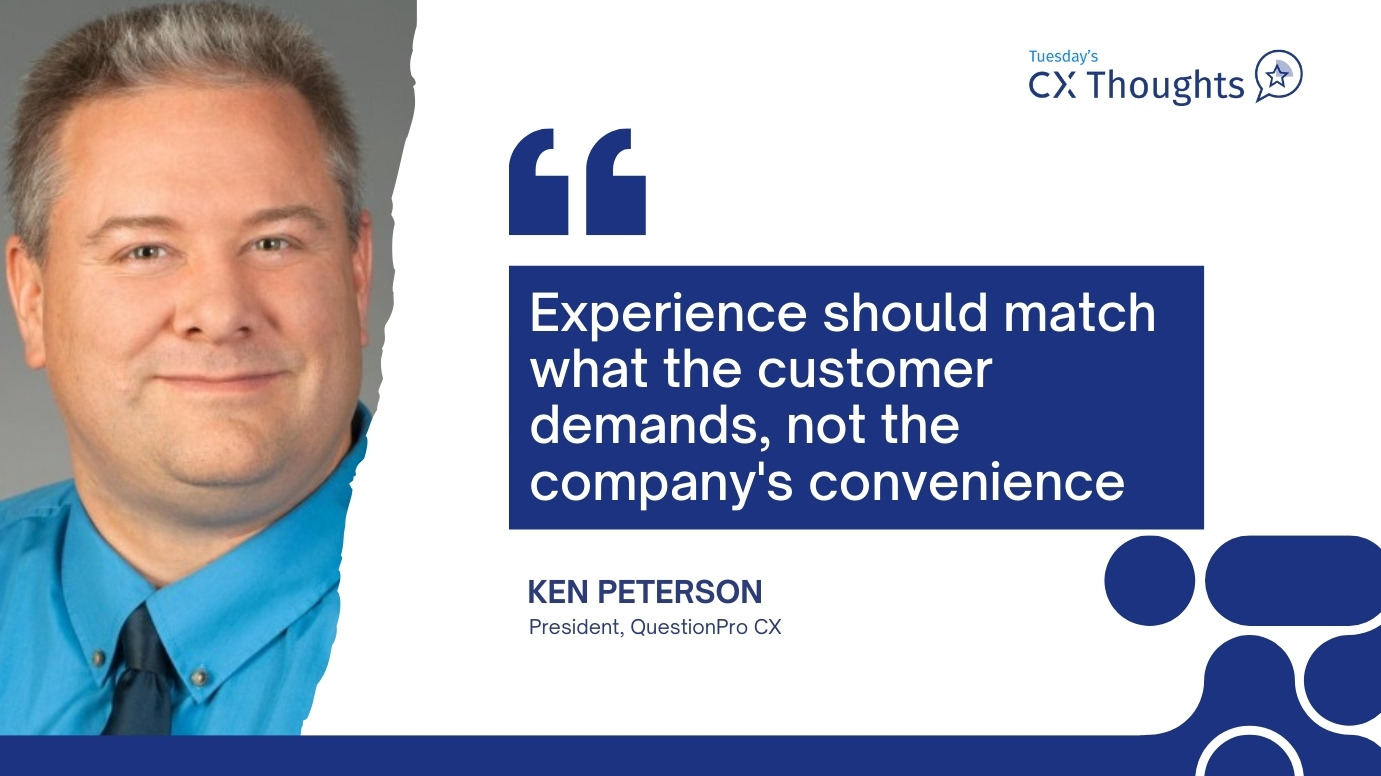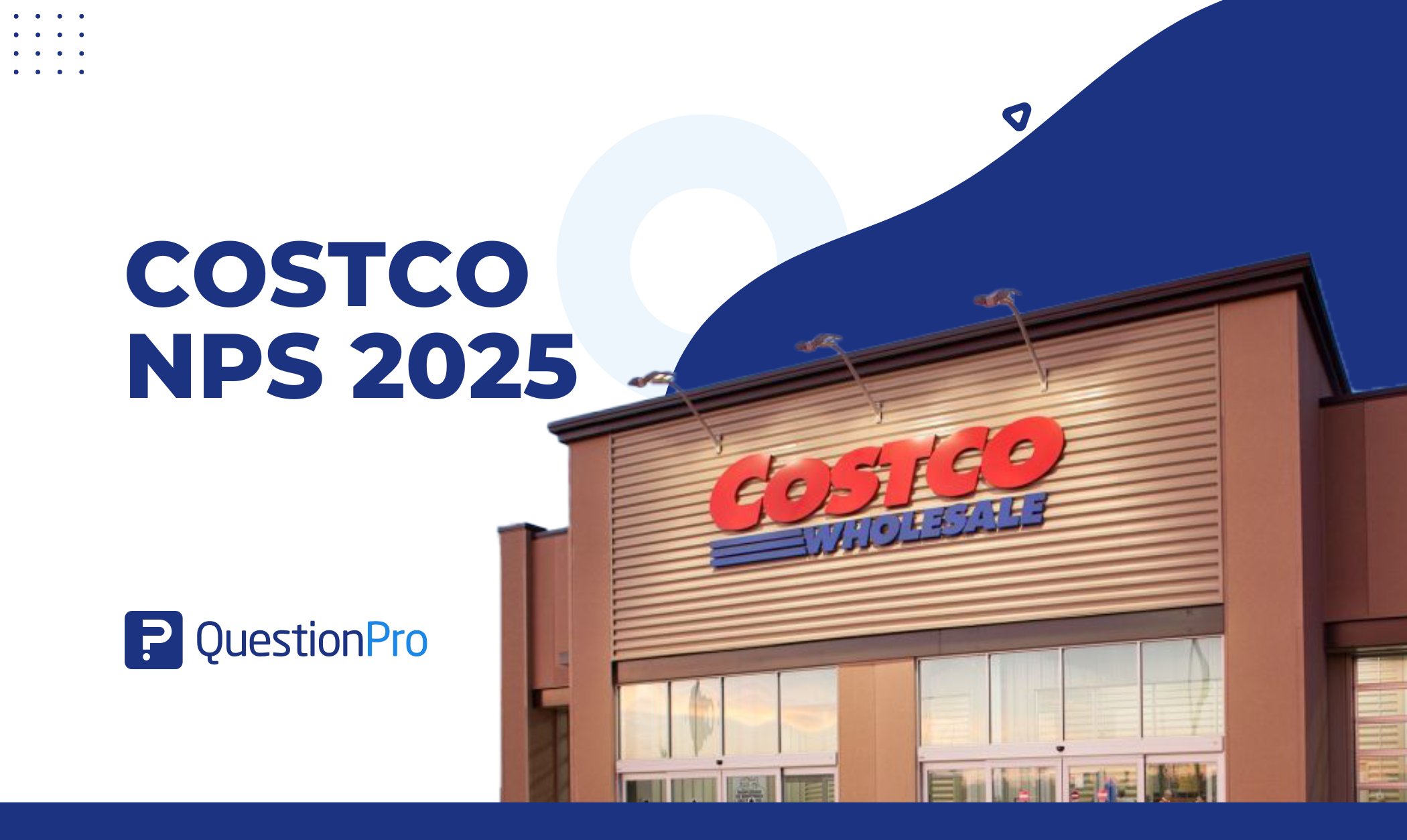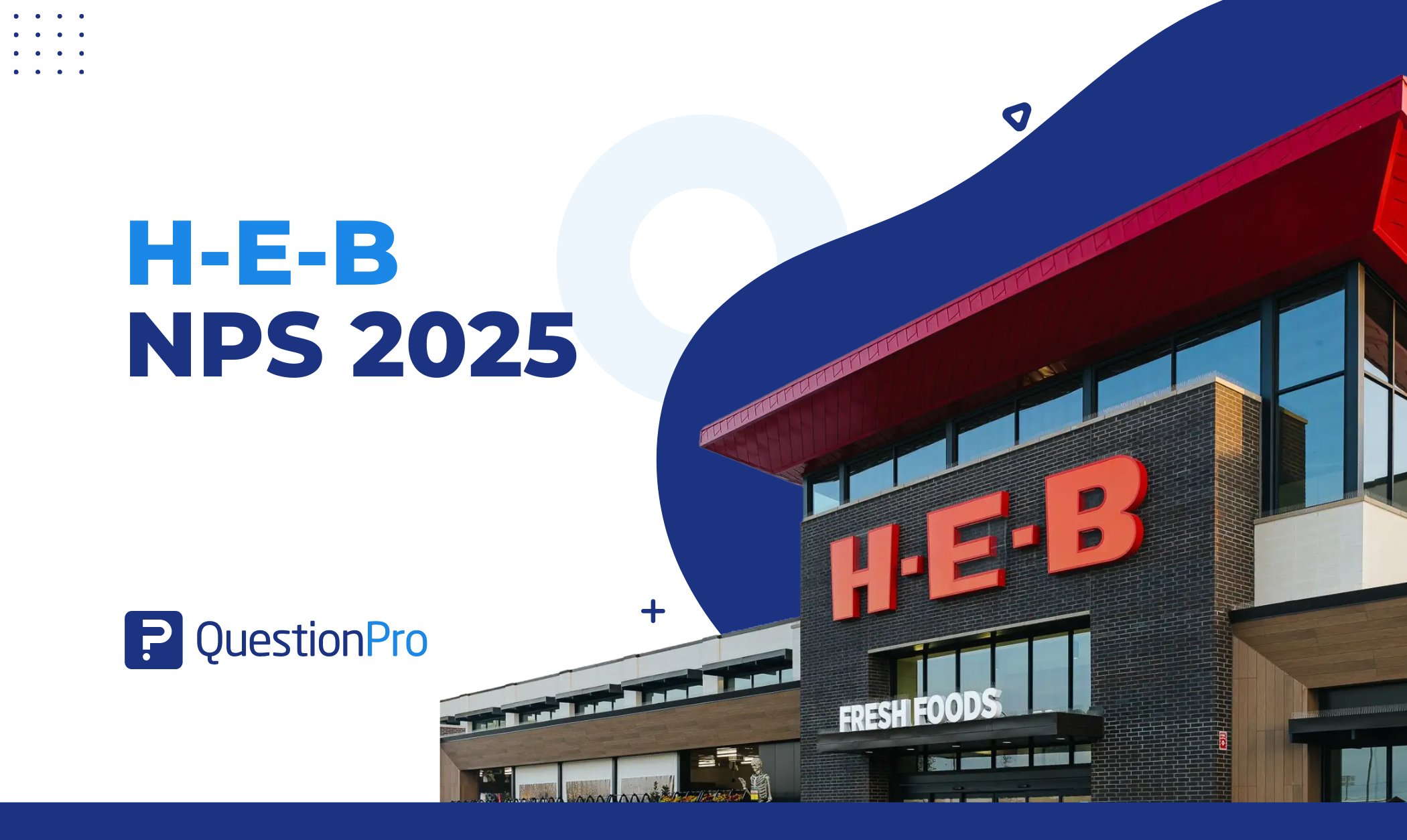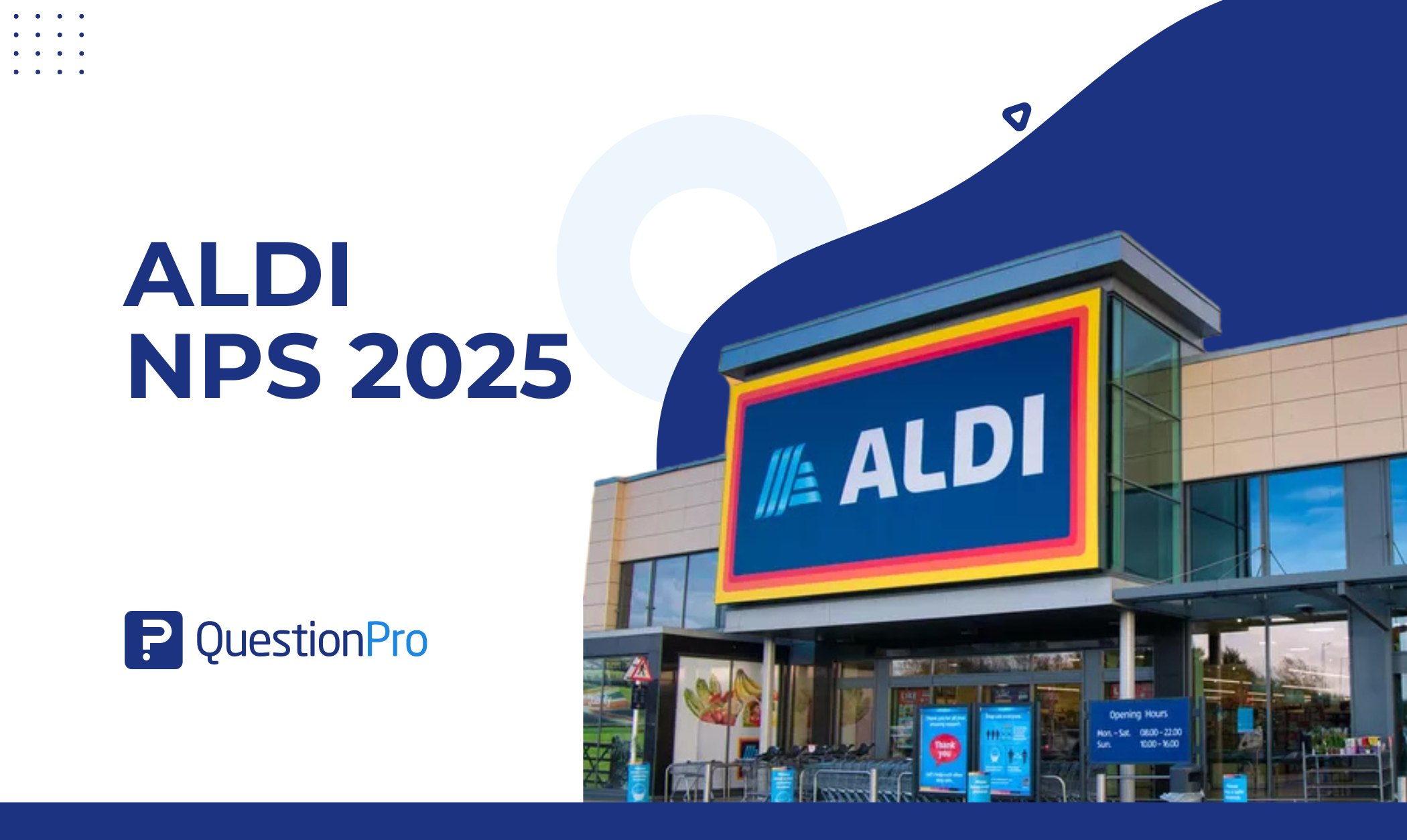
In the grocery store industry, our customer service level is one of the most essential elements when building a strong customer base. Surprisingly, few companies pay attention to this, and it’s not just small businesses—this is a common mistake even among large companies like Aldi.
In today’s article, we’ll take a closer look at Aldi’s NPS, identify key areas for improvement, and explore what we can learn from their approach to start measuring your own NPS and build a process for continuous improvement.
What is NPS?
Net Promoter Score is a simple way to determine your customers’ satisfaction and loyalty. Many companies, particularly in the grocery sector, utilize it because it offers a quick insight into how customers genuinely perceive their experience.
It all starts with one question:
“On a scale of 0 to 10, how likely are you to recommend us to a friend or colleague?”
That’s it—just one question. But the answers tell you a lot about your customers and their perception. Thanks to these collected responses, this will allow us to classify your customer base into three categories.:
- Promoters (9–10): These are your superfans. They love your brand and tell other people about it.
- Passives (7–8): They’re generally happy, but not excited enough to recommend you.
- Detractors (0–6): These folks had a bad experience and might even warn others to stay away.
Once you’ve collected enough responses, you can calculate your NPS score using this formula:
NPS = % of Promoters – % of Detractors
A high NPS indicates intense customer satisfaction and loyalty. It ensures that your customers are happy and likely to stick with you. On the other hand, a low score signals potential issues that may be hurting the customer experience.
But what’s a “good” NPS? That depends on your industry. This is where benchmarking helps. By comparing your score to others in the same space, you can get a clearer picture of how you’re doing and where you might need to improve.
Aldi’s NPS Performance
According to QuestionPro’s Q1 2025 Benchmarking NPS and CSAT Report, the grocery industry’s average NPS is 37. However, Aldi’s NPS score is 39.
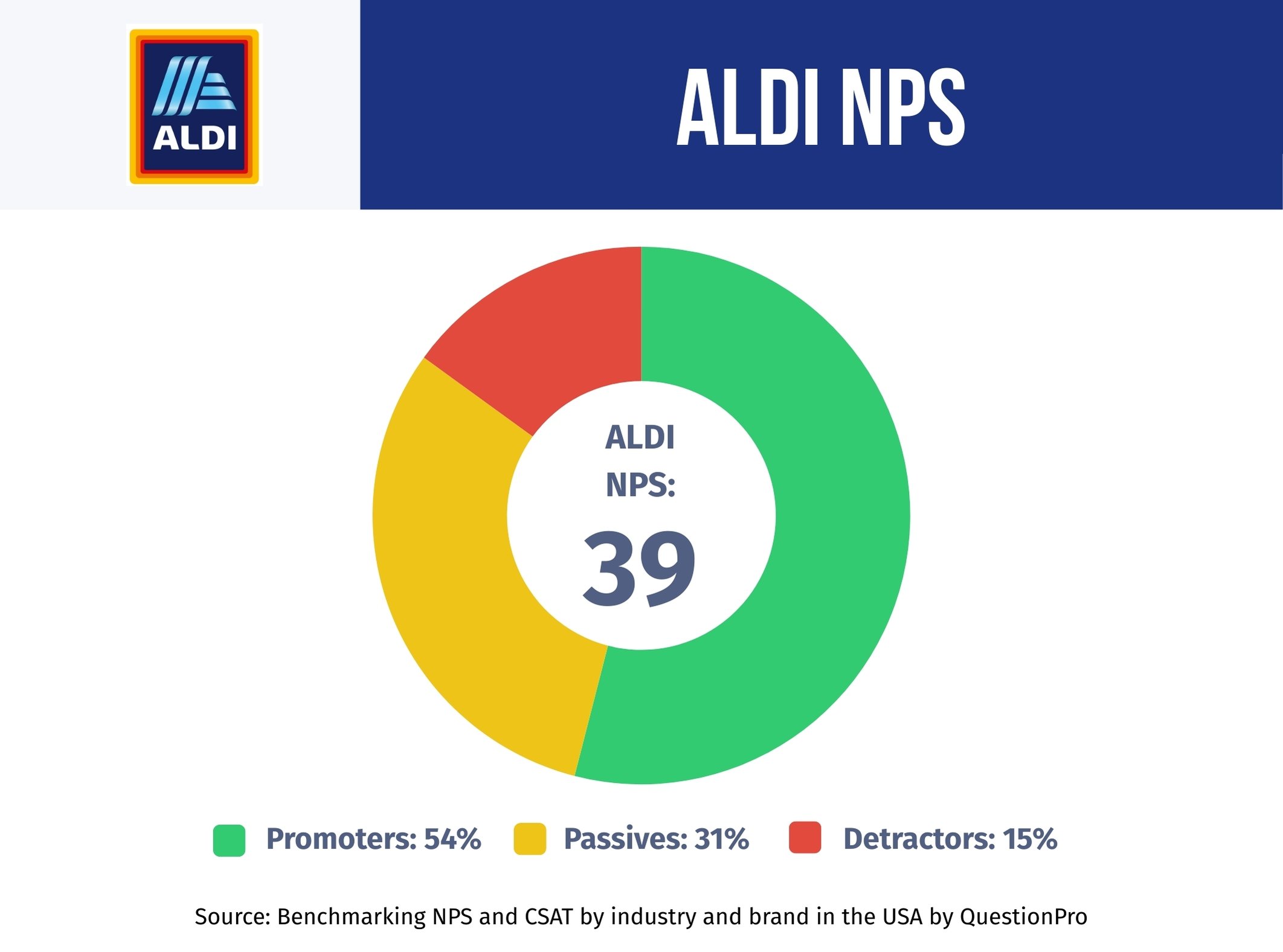
Let’s take a closer look at Aldi’s NPS:
- Promoters: 54%
- Passives: 31%
- Detractors: 15%
Aldi is doing slightly better than average when it comes to customer loyalty. With an NPS of 39, it’s a bit ahead of the grocery industry average of 37. That means more customers are likely to recommend Aldi compared to other stores. There’s still room to improve, but overall, the brand is on the right track.
How Does Aldi NPS Compare to Industry Benchmarks?
Aldi NPS score is a little higher than the grocery industry average, which means it’s doing a good job overall when it comes to customer loyalty. Shoppers appreciate the low prices and simple, no-fuss experience—and that clearly counts for a lot.
Still, there’s room to do even better. While the basics are covered, Aldi might have opportunities to improve things like customer service, store experience, or product variety to turn more customers into loyal fans.
With competition growing from both other grocery stores and online options, making a stronger emotional connection with customers could help Aldi stand out even more.
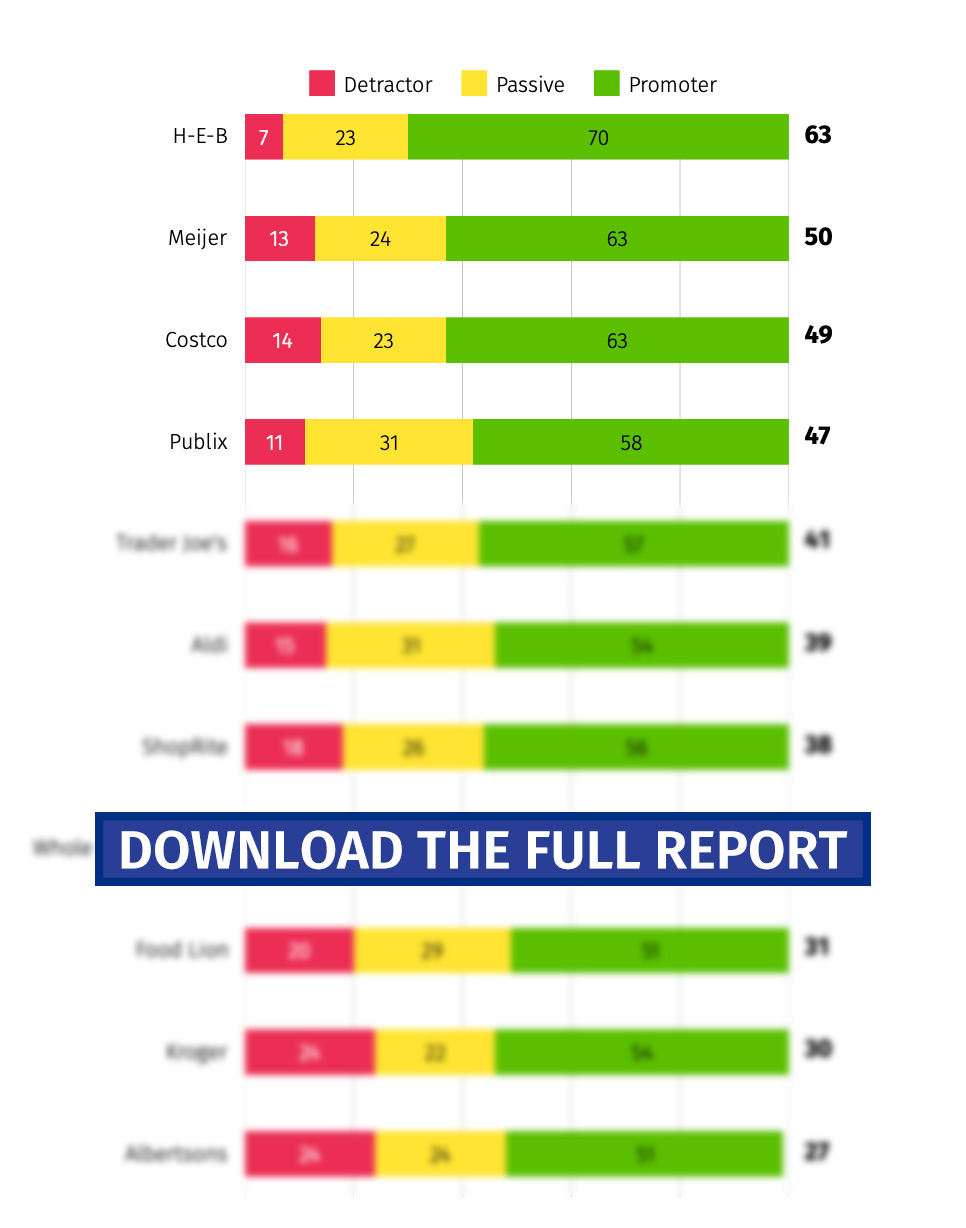
These insights are based on QuestionPro’s latest study, which surveyed 1,000 participants to measure the NPS of various companies and industries. This report reflects real user opinions from Q1 2025 and is updated quarterly.
What’s Impacting Aldi’s NPS Score?
Aldi’s NPS score of 39 highlights that while many customers appreciate the brand’s low prices and quality food, there are a few areas where improvements could make a big difference in overall customer satisfaction.
- Customer Service Problems
Some customers feel ignored when staff members wear headsets and don’t pay attention to them, or when employees talk in a language that makes others uncomfortable. Good customer service is important, and when it’s missing, it can leave people feeling unhappy.
- Inconsistent Product Quality
Aldi is known for good products, but some customers have said that certain items, like produce and bakery goods, spoil too quickly. People expect fresh products, and when that doesn’t happen, it can be frustrating.
- Slow Checkout Process
Aldi’s checkout process has been a common issue. Customers often mention long lines and slow-moving registers, especially when there aren’t enough staff members. Even though Aldi offers self-checkout, not all stores have enough machines to speed things up.
- Lack of Additional Services
Aldi doesn’t offer services like home delivery or click-and-collect, which some customers really need. These services are common at other grocery stores, and not having them means Aldi is missing out on making life easier for some customers.
- Different Experiences at Different Stores
Not every Aldi store provides the same level of service. Some stores have friendly and helpful staff, while others don’t. This difference in store experiences can affect how customers feel about Aldi as a whole.
Aldi has a lot going for it with affordable prices. However, by enhancing customer service, improving product quality, and providing more convenient services, it could make shopping even better for its customers. Ultimately, this will help increase its NPS score.
How to Measure and Improve Your NPS?
Curious about how your company’s NPS can be measured and improved? With QuestionPro, measuring and improving your NPS is easier than you might think.
1. Start with an NPS Survey
Use QuestionPro’s easy-to-use NPS survey template to collect feedback from your customers. You’ll ask them the standard 0–10 scale question and follow it up with an open-ended “AskWhy” question to understand why they gave that score.

If you want even more details, the AskWhy feature gives you a chance to ask an open-ended question for better context behind the scores.

Send your survey through SMS, email, QR codes, or direct links. Need to reach a specific group of people? You can use QuestionPro Audience to target people based on things like industry or demographics.
3. See Results in Real-Time
QuestionPro instantly calculates your NPS and groups your customers into promoters, passives, or detractors as responses come in. The dashboard lets you see patterns and trends in real-time.
4. Take Action
Don’t just collect data, use it! Focus on the areas where scores are low and make changes to improve the customer experience. QuestionPro also helps you compare your NPS to others in your industry, so you can see where you stand.
With QuestionPro, tracking and improving your NPS becomes a simple, ongoing process that helps you stay ahead in customer satisfaction.
Stay Ahead with the Latest NPS Insights
Check out the Q1 2025 NPS Benchmark Report to find out how leading brands are earning customer loyalty.
Ready to improve your NPS? Reach out to the QuestionPro experts for custom tips on improving customer satisfaction.




